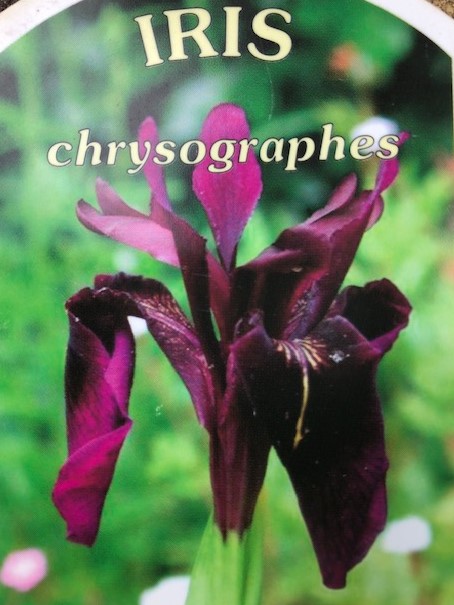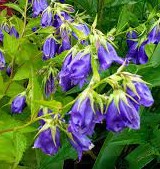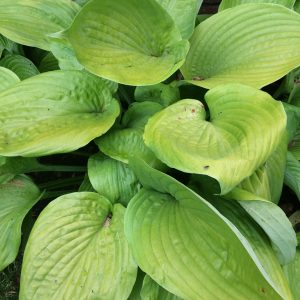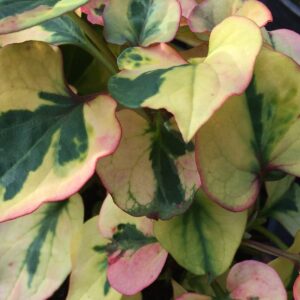Perennials
Black Iris
Iris chrysographes
£11.99
Black Iris 

Yellow crested Iris
Iris chrysographes, commonly known as the Black Iris or Yellow Crested Iris, showcases nature’s artistry in its unique flowers and distinctive appearance. With its striking black petals adorned with intricate golden markings, this iris species stands out in any garden. Iris chrysographes typically grows to a height of 20 to 30 inches (50 to 75 centimeters) and features slender, upright stems. Vivid flowers emerging early to mid-summer.
SKU: N/A
Category: Perennials
Tags: Black flowers, Cottage garden plant, Herbaceous border plant, Perennial Flower, Sun loving
Related products
-
Rated 0 out of 5
Campanula Kent Belle
£11.99 Select options This product has multiple variants. The options may be chosen on the product page -
Rated 0 out of 5
Hosta Sum and Substance
£11.99 Select options This product has multiple variants. The options may be chosen on the product page -
Rated 0 out of 5
Athyrium nipponicum Pictum
£11.99 Select options This product has multiple variants. The options may be chosen on the product page -
Rated 0 out of 5
Houttuynia Pied Piper
£9.99 Select options This product has multiple variants. The options may be chosen on the product page






